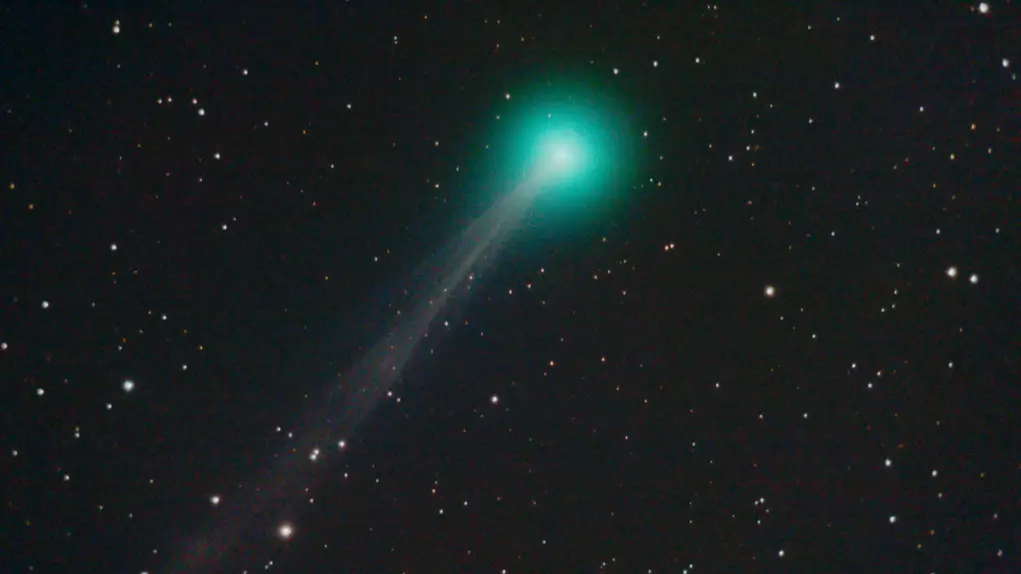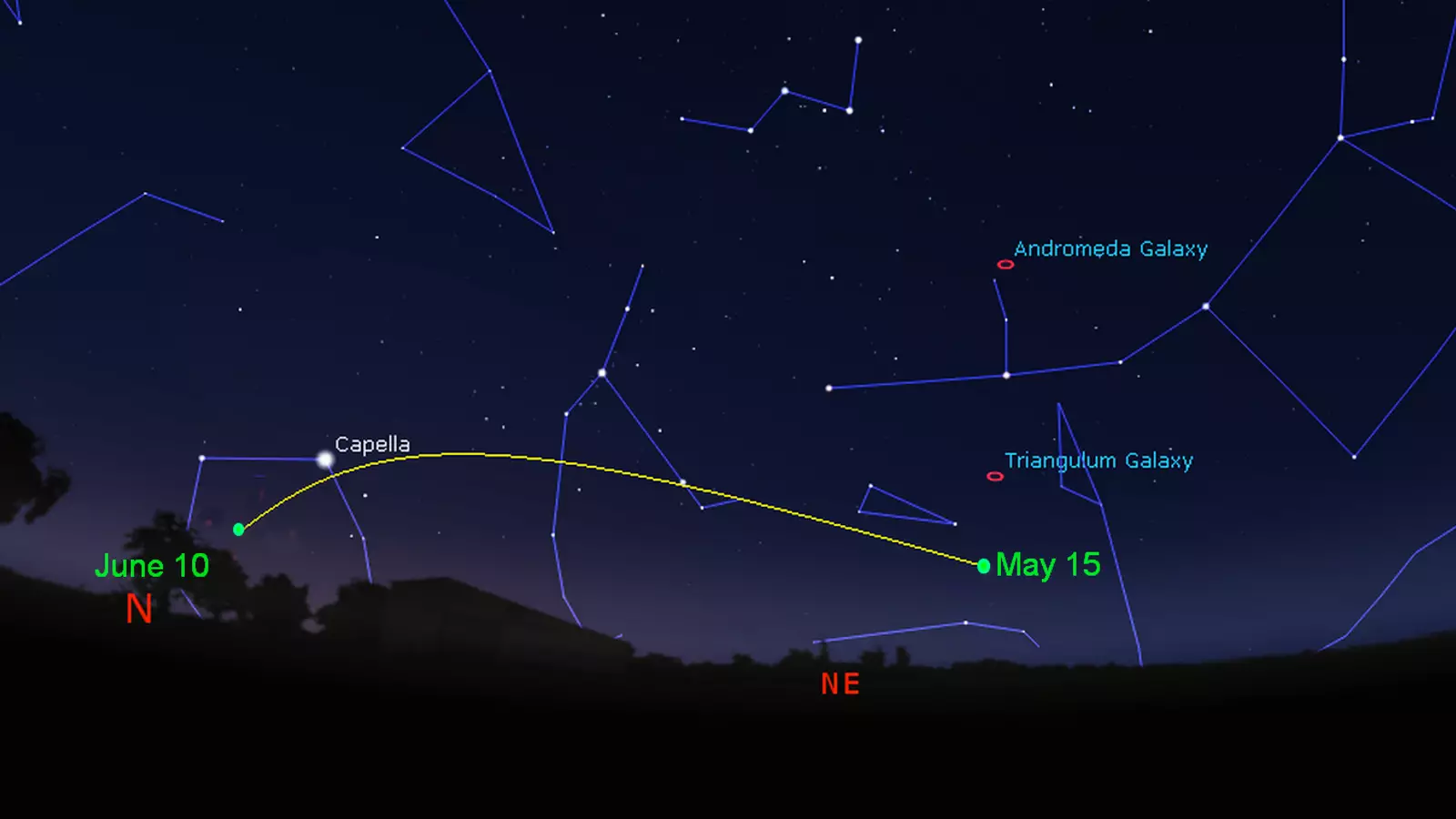
Star gazers, assemble.
The brightest comet of 2020 will be at its most visible this week - and you won't want to miss it.
Comet Swan was only recently discovered by ESA and the NASA Solar Observatory, and was first spotted by amateur astronomer Michael Mattiazzo in April this year.
Advert
The astronomer spotted the new comet in images from an instrument on the SOHO satellite called Solar Wind Anisotropies.

Visible from the UK until mid-June, Comet Swan (officially classified as Comet C/2002 F8/2020) is said to be the brightest comet that us earthlings will see in 2020 - and we may be able to see it with the naked eye.
The discovery of the comet has caused a lot of excitement among astronomers around the globe.
Advert
It will be brightest - and therefore most visible - in the last week of May, as it moves towards to the sun.
Dr Robert Massey, Deputy Executive Director of the Royal Astronomical Society, said of Comet Swan: "It's very bright, but fading, so it isn't easy to work out what will happen next.
"The best chance of seeing it is in the last week of May."
The Royal Astronomical Society advise that our best chance of spotting Comet Swan will be "with the help of a pair of binoculars". The comet "should be visible in the north-western sky after sunset". However, amateur gazers may be able to spot the comet with the naked eye.
Advert
Massey said: "If we're very lucky, it might even be possible to see it with the eye alone - some astronomers in the southern hemisphere have done that already."
Comets are made of rock and ice. As they move towards the sun and the temperature gets hotter, the comet is blasted by sunlight and begin to shed material, leaving a trail of dust, ice and rock particles behind them. This creates a thin atmosphere or coma that glows.

These glowing tails can stretch for tens of millions of miles.
Advert
Happy gazing, earthlings.
Featured Image Credit: Flickr / Christian Gloor